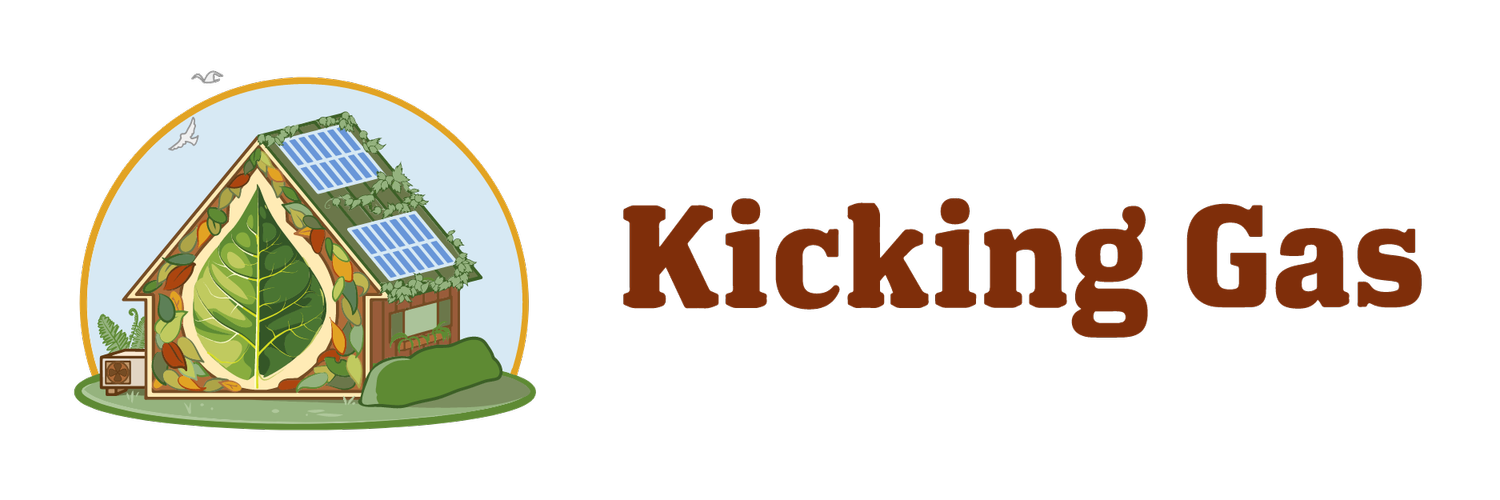Responsible Heating: A Guide to Heat Pumps
As we become more conscious of our environmental footprint and look for ways to reduce energy consumption, heat pumps are emerging as a popular and responsible heating solution. Heat pumps are not only efficient but also provide clean energy that contributes to the reduction of greenhouse gas emissions. This guide will introduce you to the world of heat pumps and how they can be a sustainable heating option for your home.
What Are Heat Pumps?
Heat pumps are devices that transfer heat from one place to another. In the winter, they draw heat from the outside air or ground and transfer it inside to warm your home. Conversely, in the summer, they can reverse the process, taking heat from inside your home and moving it outdoors.
How Do Heat Pumps Work?
A heat pump consists of two main components: an indoor air handler and an outdoor heat exchanger. The system uses a refrigerant to absorb and release heat as it circulates between these two parts.
Heating Mode: In the heating mode, the outdoor unit absorbs heat from the surrounding air or ground. The refrigerant inside the outdoor unit captures this heat and transports it to the indoor unit, where it's released to warm the indoor air.
Cooling Mode: In the cooling mode, the indoor unit absorbs heat from the interior air. The refrigerant transports this heat to the outdoor unit, where it's released into the surrounding environment, cooling your home in the process.
Benefits of Heat Pumps
Energy Efficiency: Heat pumps can be up to 50% more energy-efficient than traditional heating methods. They achieve this by transferring heat instead of generating it, reducing electricity consumption.
Environmental Impact: By using electricity instead of burning fossil fuels, heat pumps lower carbon emissions, contributing to the global effort to mitigate climate change.
Heating, Cooling, Air Filtration: Heat pumps provide both heating and cooling, making them a versatile solution for year-round comfort. They also filter the air making them ideal for all seasons.
Cost Savings: Although the initial investment may be higher, heat pumps often result in lower energy bills over time.
Types of Heat Pumps
Air Source Heat Pumps (ASHPs): These are the most common type of heat pumps and are the ones used in the Kicking Gas campaign on Whidbey Island. They use the outdoor air as a heat source or heat sink to heat or cool an interior space. ASHPs are known for their efficiency and are widely used in various climates.
Ground Source Heat Pumps (GSHPs): Also known as geothermal heat pumps, GSHPs use the stable temperature of the earth as a heat source or heat sink. This makes them more efficient in extreme climates but more expensive to install due to the need for ground excavation.
Water Source Heat Pumps (WSHPs): These heat pumps use a body of water (such as a lake, river, or pond) as a heat source or sink. The water's temperature is generally more stable than the air's, making WSHPs efficient, but their applicability is limited to locations with an accessible water source.
Considerations Before Installing
Climate: Heat pumps are most efficient in mild climates, though new technology is expanding their usability in colder regions.
Initial Costs: While heat pumps offer long-term savings, the initial installation cost can be higher than traditional heating systems.
Professional Installation: Proper installation by a qualified technician is essential for optimal performance and efficiency.
Heat pumps represent a responsible and sustainable heating solution that aligns with modern energy efficiency and environmental goals. By understanding how heat pumps work, their benefits, and considerations for installation, you can make an informed decision about whether this heating method is right for your home. As more people turn to heat pumps, we move closer to a future where responsible heating is not just an option but a standard practice in our efforts to protect our planet.
